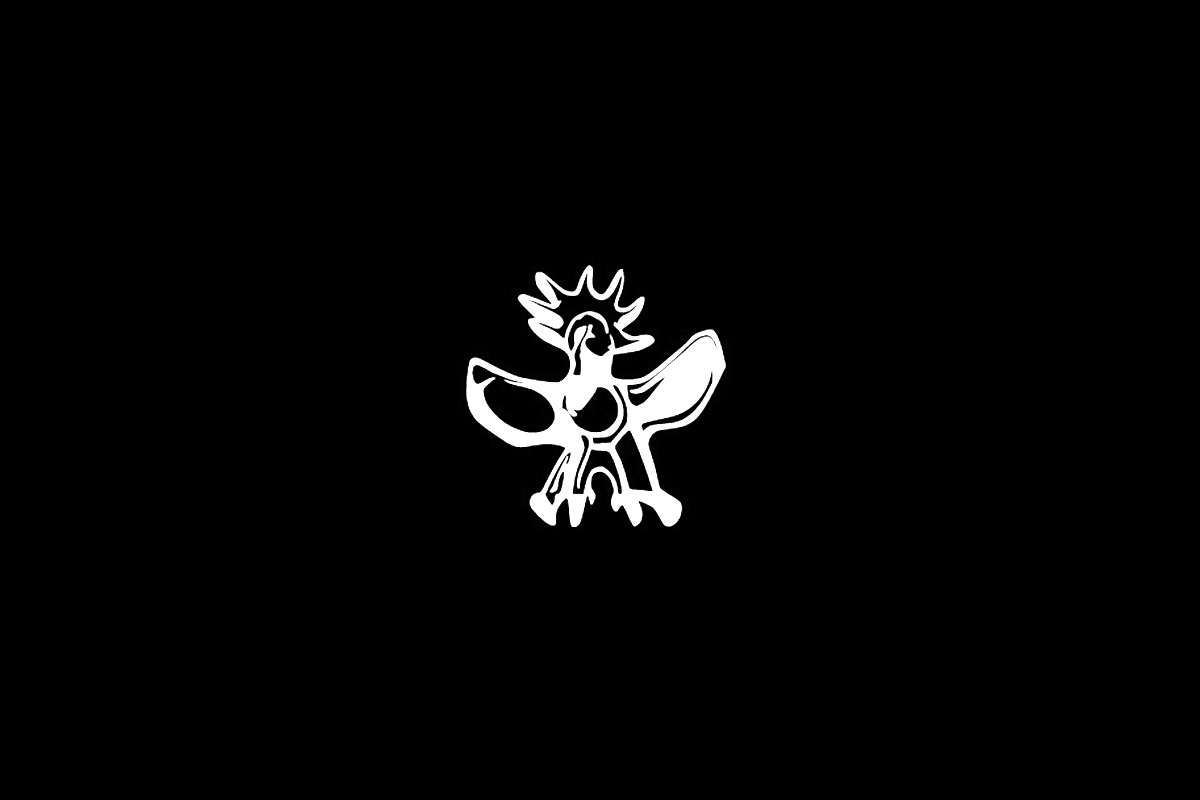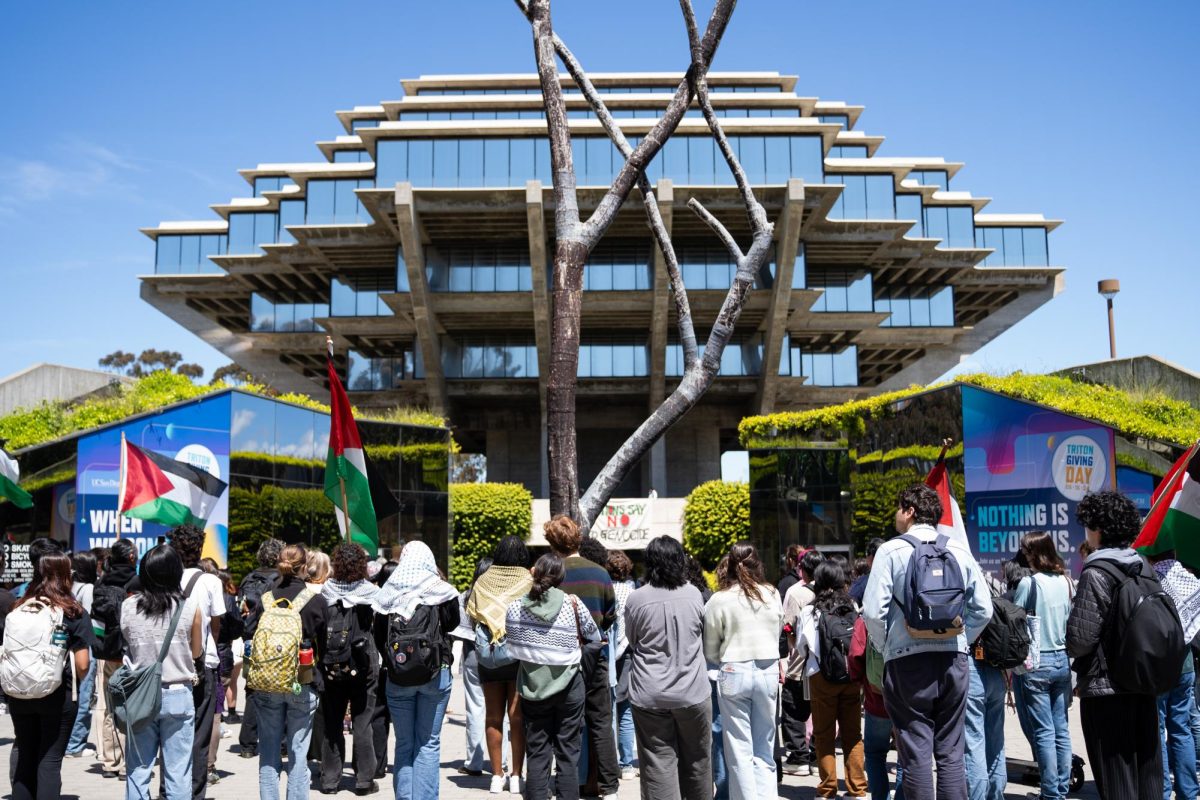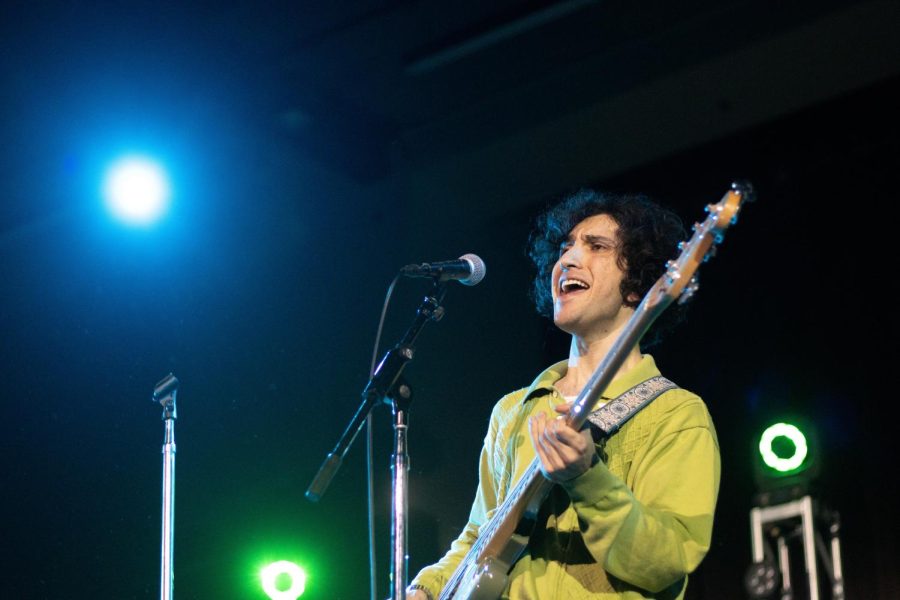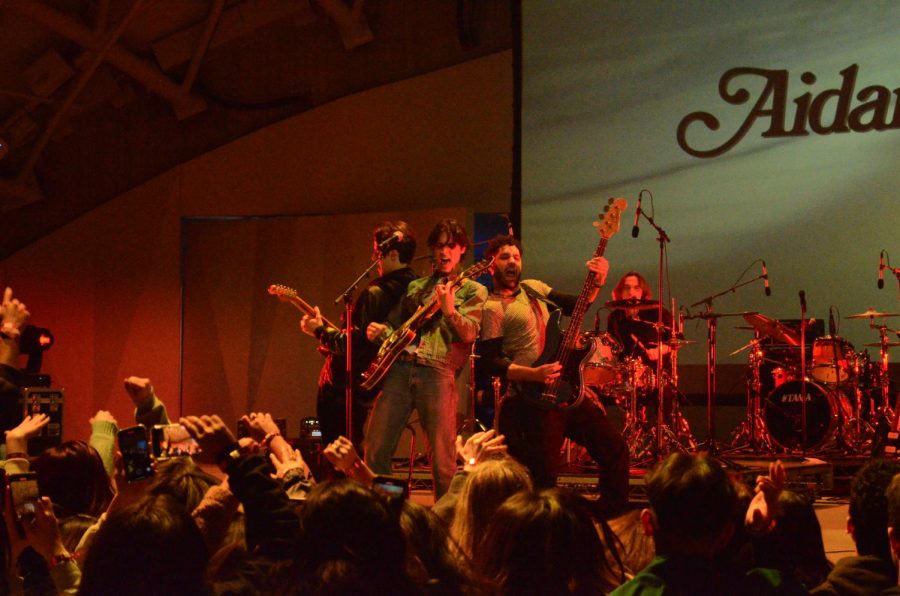Over the past 20 years, San Diego has been
at the forefront of medicinal and scientific advances through its ever-growing
high-tech and biotech business presence. The boom has produced over 100,000 new
jobs, a figure that increases every year as more math, science and engineering
students graduate and go into the industry. However, this flow of students will
likely lessen if the number of science teachers in the elementary and secondary
school systems continues to decline.
According to the California Department of
Education and the California Commission on Teacher Credentialing, California
universities are failing to meet the requirements for incoming teachers.
In 2005, Gov. Arnold Schwarzenegger launched
California Teach, an initiative aimed at increasing the number of teachers
produced by the UC and CSU systems from 1,000 teachers per year to 2,500 by the
year 2010. The program allowed for campuses to implement a four-year plan,
where students could graduate with both a bachelor’s degree and their teaching
credentials.
Even so, San Diego County reported that in
the next five years, the amount of science and math teachers produced in this
county alone would come up 400 short. Margaret Luo, a Muir College sophomore
interested in teaching science attributes this decline to California’s
mistreatment of public school teachers.
“Society no longer respects the occupation
of teaching the way it should be respected,” Luo said. “Teachers are not paid
well enough, they do not get enough benefits and they are not given enough time
off in regards to the time they spend working.”
UCSD faculty and staff, inspired to enhance
the public teacher’s profile, formed the Science and Math Education Program
this year, providing an organization focused on boosting interest in teaching
math and science.
“The program I’m involved in … is making a
special effort to entice UCSD undergraduates who are planning to major in
science, mathematics or engineering to consider a career in teaching,” said
John Czworkowski, a lecturer. “A group of staff and faculty in the Education
Studies Program as well as departments of science and mathematics are actively
engaging students on campus, incoming freshman and transfer students. We’re
also seeking financial and other support for students interested in teaching
these subjects from outside sources.”
The program opened campus minors in
mathematics education and science education, both consisting of 34 units of
educational foundations and general teaching courses for the respective
disciplines. The minors begin with optional freshman seminars, one in math and
one in science.
“My freshman seminar acts as an introduction
to the minor and gives an overview of a number of important issues in science
education,” said Czworkowski, who offers Teaching Science: The Challenge.
Along with coursework, students pursuing an
education studies minor must take two practicum courses, which provide them
with the opportunity to work with a teacher in a classroom setting and learn
how to write a curriculum and, in upper-division courses, actually teach the
children with whom they work.
The program is meant to give students
confidence in their teaching abilities and an understanding of what it takes to
teach effectively.
The Science and Math Education Program has
had more than 70 students attend its informational meetings in the first few
weeks and is hoping to attract more as the program continues to grow. Luo was
one of the first to notice the program, and signed up for the freshman seminar.
“I’m interested in teaching science because
I am interested in changing lives,” Luo said. “Being a teacher is one of the
few job opportunities that puts you right in the action of watching and helping
kids grow and change. Teaching is a lifelong, constantly changing field that
requires a love for kids and a love for knowledge.”







